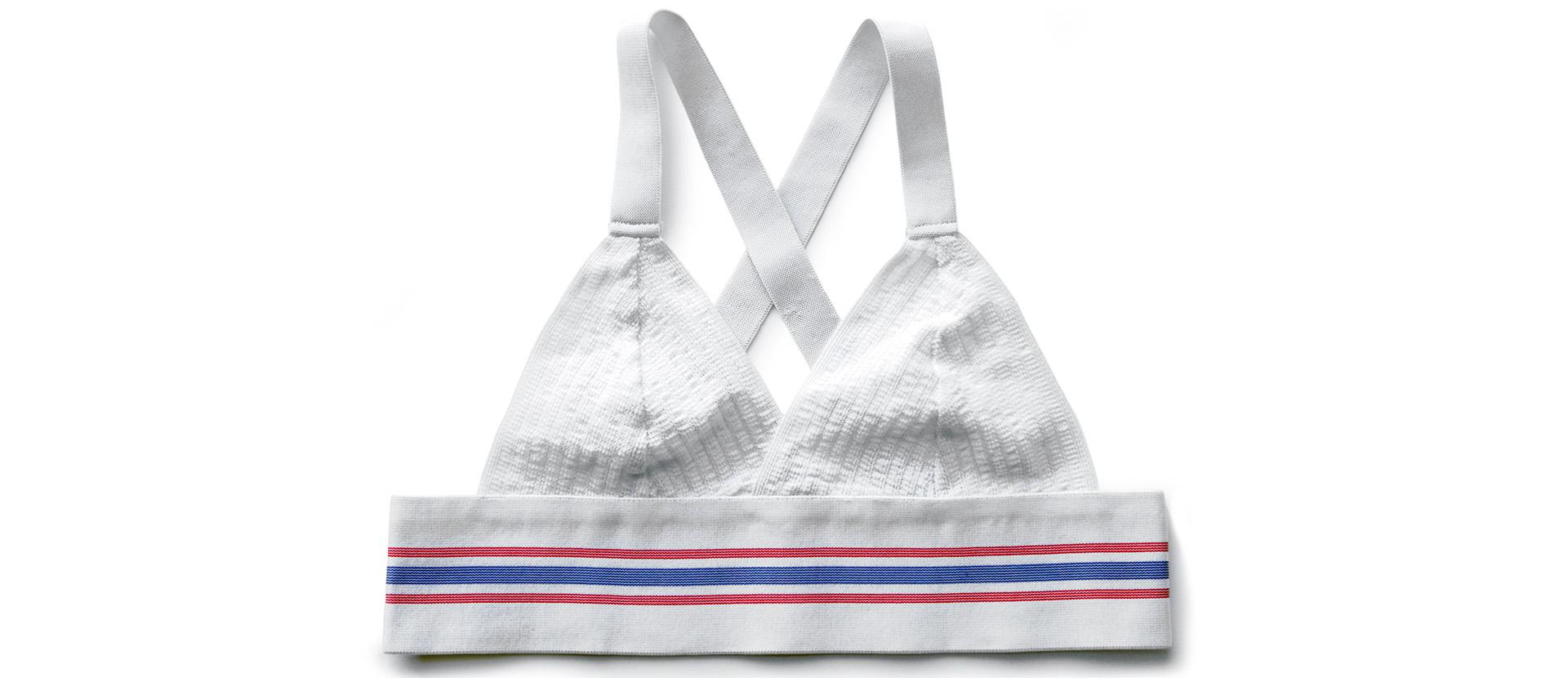[[{"fid":"545","view_mode":"default","fields":{"format":"default","field_file_image_alt_text[und][0][value]":"","field_file_image_title_text[und][0][value]":"","field_copyright[und][0][value]":""},"type":"media","attributes":{"class":"media-element file-default","height":428,"style":"margin-left: 40px","width":919}}]]
CURATOR
Guido Messling
EXHBITION PRESENTATION
To mark the European opening of the Musée du Luxembourg’s programme dedicated to the Renaissance, the museum is reopening with an exhibition on Lucas Cranach (circa1472-1553), one of the major artists of the German Renaissance. This prolific, versatile painter whose career spanned the first half of the 16th century, is still somewhat unknown to the French public, who have not had an opportunity for some time to discover the breadth of his work. The Musée du Luxembourg’s exhibition, Cranach and his time, provides a better understanding of this artist’s place in the history of art and his involvement in the society of his time, a period marked by major political and religious upheavals.
The exhibition starts by showing the European dimension of Lucas Cranach’s art, which was not only influenced by the works of Dürer, whose engravings were widely disseminated, but also by Flemish and Italian artists. To highlight these influences, the exhibition compares paintings, drawings and engravings by Cranach with the works of other artists. It devotes a significant section to his travels, which were facilitated by his appointment in 1505 as official court painter to Frederick the Wise, Elector of Saxony, in Wittenberg. In addition to the artistic commissions of his patron, Cranach was entrusted with diplomatic missions that played a crucial role in his rise to prominence.
At the behest of Frederick the Wise, Cranach went to Malines in Flanders in 1508, to the court of Margaret of Austria, regent of the Netherlands, where he met many artists and humanists from different countries. It was here in this dazzling society that he perfected his artistic style. He introduced a more refined elegance into his works, and turned his attention to new themes, like his half-length images of strong, virtuous women, which were immediately successful in this aristocratic milieu.
A further section of the exhibition is devoted to his representation of the nude – a subject that occupied a central place in Cranach’s work. His highly sensual, female figures, sometimes borrowed from classical antiquity (Venus, Diana, etc), sometimes from Christian culture (Eve), are endowed with a beauty that is at times quite disturbing. And he developed a canon of beauty that is clearly at odds with the classical ideal of the Renaissance.
These equivocal images, mixing eroticism with a moral message, often with a complex meaning, were highly acclaimed in their time, prompting the artist to reproduce them in a number of variants. His consummate business sense even pushed him to organise his studio more efficiently, in order to respond as quickly as possible to demand.
Above all, the exhibition emphasises the richness and originality of Cranach’s artistic career – a career punctuated by significant encounters with leading political and religious figures of the time - a period that was shaken by the turmoil of the Protestant Reformation. In Wittenberg he was in close contact most notably with Martin Luther who was protected by Frederick the Wise. Thanks to Cranach’s talents as a portrait painter, we have accurate representations of the leading figures of his time. A committed supporter of the Reformation within a very short time, he became very involved in helping to spread the new doctrine, using his artistic skills for visual propaganda, which was then widely circulated through engravings. Through this, he contributed to the development of a new Protestant iconography without, however, giving up his commissions from the Catholic church.
His fame as a painter, his position close to those in power, his proximity to intellectual circles, make Lucas Cranach one of the most unusual and astonishing figures in 16th century Europe.
This exhibition is organized by the RMN-Grand-Palais, in collaboration with Bozar who designed and made his first stage at the Palais des Beaux-Arts in Brussels in autumn 2010.
[[{"fid":"492","view_mode":"default","fields":{"format":"default","field_file_image_alt_text[und][0][value]":"","field_file_image_title_text[und][0][value]":"","field_copyright[und][0][value]":""},"type":"media","attributes":{"class":"media-element file-default","height":125,"style":"width: 108px; height: 80px; margin-right: 40px; float: left;","width":168}}]][[{"fid":"546","view_mode":"default","fields":{"format":"default","field_file_image_alt_text[und][0][value]":"","field_file_image_title_text[und][0][value]":"","field_copyright[und][0][value]":""},"type":"media","attributes":{"class":"media-element file-default","height":72,"style":"font-size: 10px; float: left; width: 139px; height: 80px;","width":125}}]][[{"fid":"547","view_mode":"default","fields":{"format":"default","field_file_image_alt_text[und][0][value]":"","field_file_image_title_text[und][0][value]":"","field_copyright[und][0][value]":""},"type":"media","attributes":{"class":"media-element file-default","height":64,"style":"font-size: 10px; width: 200px; height: 45px; float: left;","width":284}}]]

